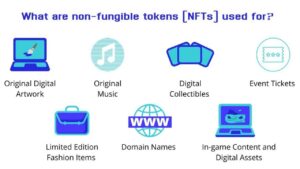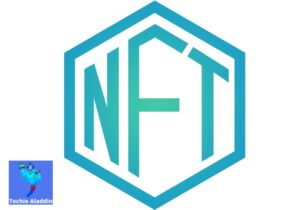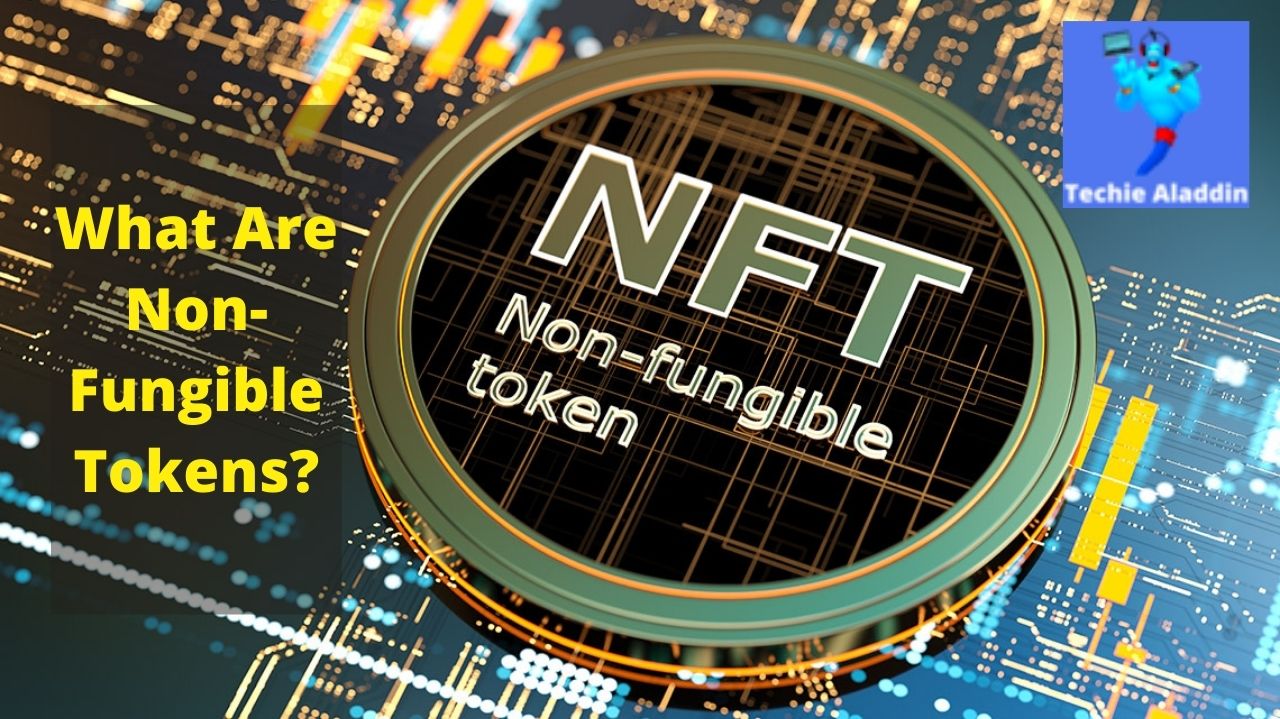Table of Contents
[su_heading size=”25″]What Are Non-Fungible Tokens[/su_heading]
Non-Fungible Tokens – If you’re interested in cryptocurrencies or decentralized applications, you’ve likely heard of ERC-721 tokens before. These are non-fungible tokens, or NFTs, which means they aren’t interchangeable like most cryptocurrency tokens like ERC-20s or ERC-223s. In this guide, we’ll explain what exactly non-fungible tokens are and why they’re important.
[su_heading size=”25″]What is a blockchain?[/su_heading]
A blockchain is a technology used for transactions of digital currencies it consists of different nodes together With all nodes agreeing on which account holds how much money, no centralized version of that information exists for a hacker to corrupt. Instead, hackers would need to manipulate every copy on every computer on a blockchain network at once—an almost impossible feat with today’s technology. Anyone can download and install or update software from thousands of computers around the world, but no single person or group controls any one instance of them. This makes it particularly well suited for supporting open applications that anyone can use, such as bitcoin’s currency platform.
[su_heading size=”25″]What is an ERC-721 token?[/su_heading]
The ERC-721 standard, which represents a set of rules designed to govern non-fungible tokens, was officially recognized by Ethereum’s developers in October 2017. Essentially, it’s a method for creating digital assets that are unique and distinct from one another. A key difference between ERC-20 and ERC-721 is how they represent ownership over an asset. The former is limited to shares or tokens, but doesn’t necessarily consider each token as its own thing: They’re interchangeable units of currency that may be worth different amounts depending on market conditions. It’s also possible to create fungible (or interchangeable) versions of these tokens—something that isn’t possible with an ERC-721 token.

[su_heading size=”25″]What are non-fungible tokens (NFTs) used for?[/su_heading]
Non-Fungible Tokens (NFTs) can be used for a variety of reasons: collectibles, collectible cards, video games (avatars), and more. When it comes to non-fungible tokens, possibilities are only limited by our imaginations! Let’s look at some examples below. This is a Part Of Tech News
[su_heading size=”25″]What makes an asset unique and non-fungible?[/su_heading]
An asset that is unique and non-fungible has attributes, such as physical properties or history that make it impossible to replace with a substitute. A piece of art could be an example of something whose physical properties give it a high degree of uniqueness. Since each piece is created by hand, no two pieces can be exactly alike. That’s why one Picasso is worth $200 million while another can be had for less than $10. Physical property isn’t the only type of attribute that can render something non-fungible though; something like genealogy can also cause uniqueness due to its lack of substitutability.
[su_heading size=”25″]Examples of non-fungible tokens[/su_heading]
CryptoKitties are one of many examples of non-fungible tokens. If a CryptoKitty is sold, then all versions of that same cat will be equal (so long as they were generated by breeding). You could sell your version, but you wouldn’t be able to sell another one with exactly the same attributes as yours—no matter how good it was. The same goes for land deeds, collectibles, stocks, and any other asset that is unique; each instance is unique and not interchangeable. An example of an interchangeable token would be bitcoin—one bitcoin can always equal another bitcoin so long as they’re created via a Proof of Work algorithm.
Also, See
What is the Metaverse and what can you do in it?
What is Cryptocurrency and How Does it Work?
[su_heading size=”25″]How to create your own non-fungible token using OpenZeppelin Solidity contracts[/su_heading]
The fun part is that all ERC721 contracts are pretty much exactly like ERC20, so using a base contract as a starting point is easy. This means we can use OpenZeppelin Solidity code as a template for our own contracts and make changes where necessary (it’s not always necessary to make changes, especially if you don’t want any special functionality or have already written your own set of contracts). To create your own ERC721 token, you will need to follow these steps: First, take all code from Zeppelin and put it into your contract. Then add just one additional function called Ownable. Remember in Solidity everything has to start with capital letters.

[su_heading size=”25″]Future of NFTs[/su_heading]
NFTs are a relatively new development in cryptocurrency. Although they’ve been around for a few years, it wasn’t until CryptoKitties exploded onto the scene that NFTs Official really started to gain traction and have attracted a lot of attention from industry experts and laymen alike. You can expect NFTs to continue to see rapid growth over time. As blockchain technology matures, you can expect to see many developers creating new, innovative ways for people and businesses to utilize non-fungible tokens. For example, companies like Fluidity are working on bringing security tokens—another subset of crypto assets—to Ethereum as well as creating decentralized exchanges that allow users to trade non-fungible tokens easily with one another.
[su_heading size=”25″]Conclusion[/su_heading]
So, what are non-fungible tokens? With their differentiating and dynamic nature, NFTs are a relatively new form of digital asset that can act as both a security and an equity token. What do you think about non-fungible tokens and how they will be used in the future? Let us know your thoughts on social media. And be sure to subscribe to our newsletter to learn more about blockchain in gaming.
All content credit goes to Techie Aladdin
